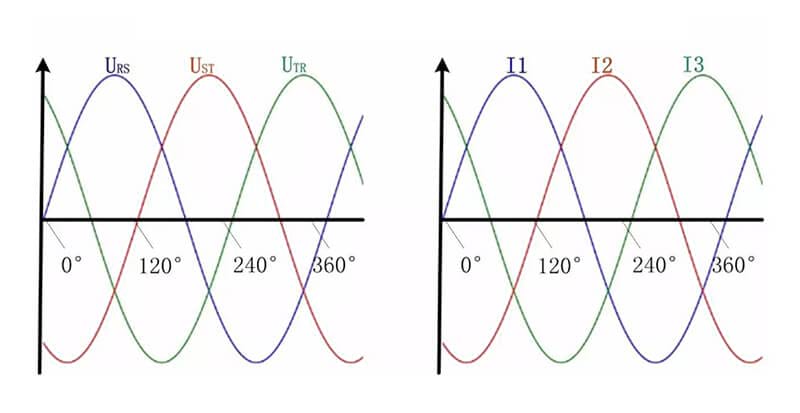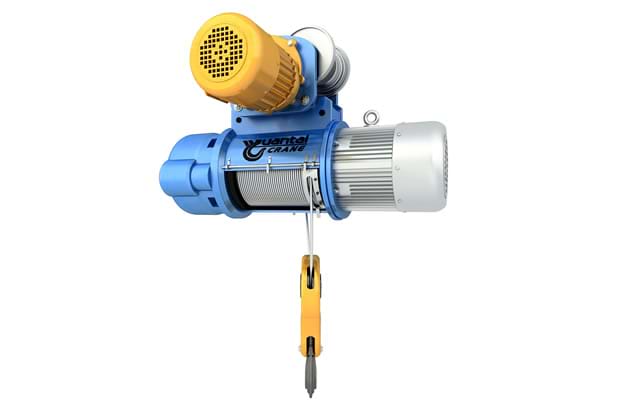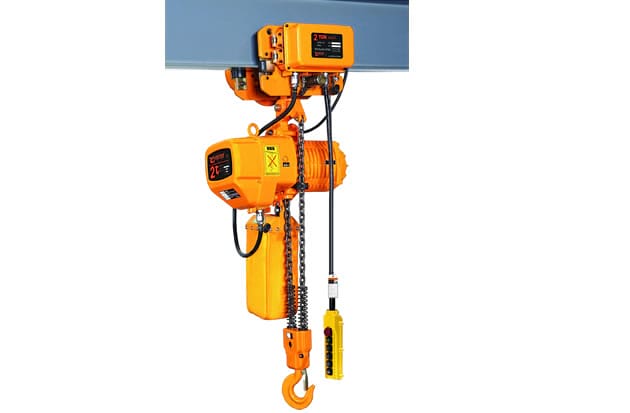Electric hoists are divided into single-phase electricity and three-phase electricity due to different power sources. Today we will take a look at the difference between single-phase electric hoist and three-phase electric hoist.
Different motors
Common AC motors on the market are generally three-phase AC motors, and single-phase electricity cannot directly drive three-phase electric motors. For single-phase electric hoist, the lifting and running motors need to be customized separately.
Different lifting weight ranges supported
The lifting capacity of a single-phase electric hoist is usually up to 5 tons (electric chain hoist), while the lifting capacity of a three-phase electric hoist can be as high as tens of tons, or even hundreds of tons.
Different scope of use
In China, single-phase electric hoist is suitable for household voltage 220V, and three-phase electric hoist is suitable for industrial electricity 380V. Different countries have different voltages, but basically there are three-phase electricity and three-phase electricity.
Popularization of single-phase electricity and three-phase electricity
A power supply composed of three AC electric potentials with the same frequency and the same amplitude, and phases differing by 120 degrees from each other in turn is called a three-phase AC power supply. It is produced by a three-phase alternator. The single-phase AC power used in daily life is actually provided by one phase of the three-phase AC power. Single-phase AC power generated by a single-phase generator is rarely used now.
Three-phase AC has many advantages over single-phase AC. It has obvious advantages in power generation, transmission and distribution, and conversion of electrical energy into mechanical energy. For example, manufacturing three-phase generators and transformers saves materials than single-phase generators and transformers with the same capacity, and has simple structure and excellent performance. For example, a three-phase motor made of the same material has a higher capacity than a single-phase motor. With the same power transmission, the three-phase transmission line can save 25% of non-ferrous metals compared with the single-phase transmission line, and the power loss is less than that of the single-phase transmission line. Because of the above-mentioned advantages of three-phase alternating current, it has been widely used.
The above is the difference between all single-phase electric hoist and three-phase electric hoist. The choice of single-phase and three-phase electric hoists is determined by the electricity consumption of the site. Generally, households and shopping malls will choose single-phase electric hoist. In industrial areas, the voltage is generally 380V, and three-phase electric hoist should be used.



Get Free Quotation